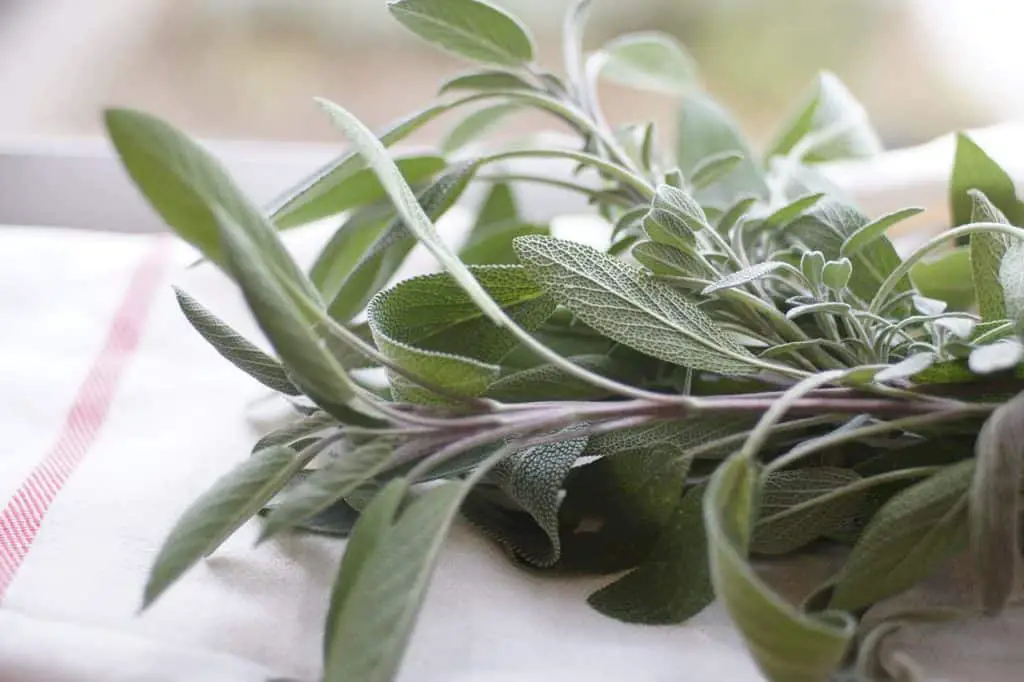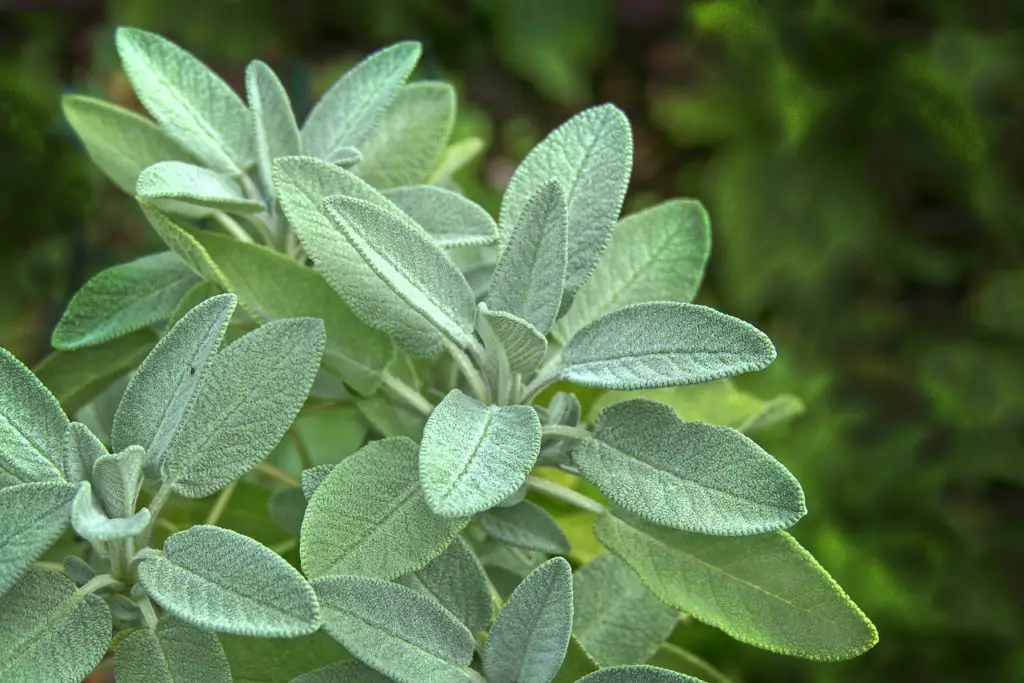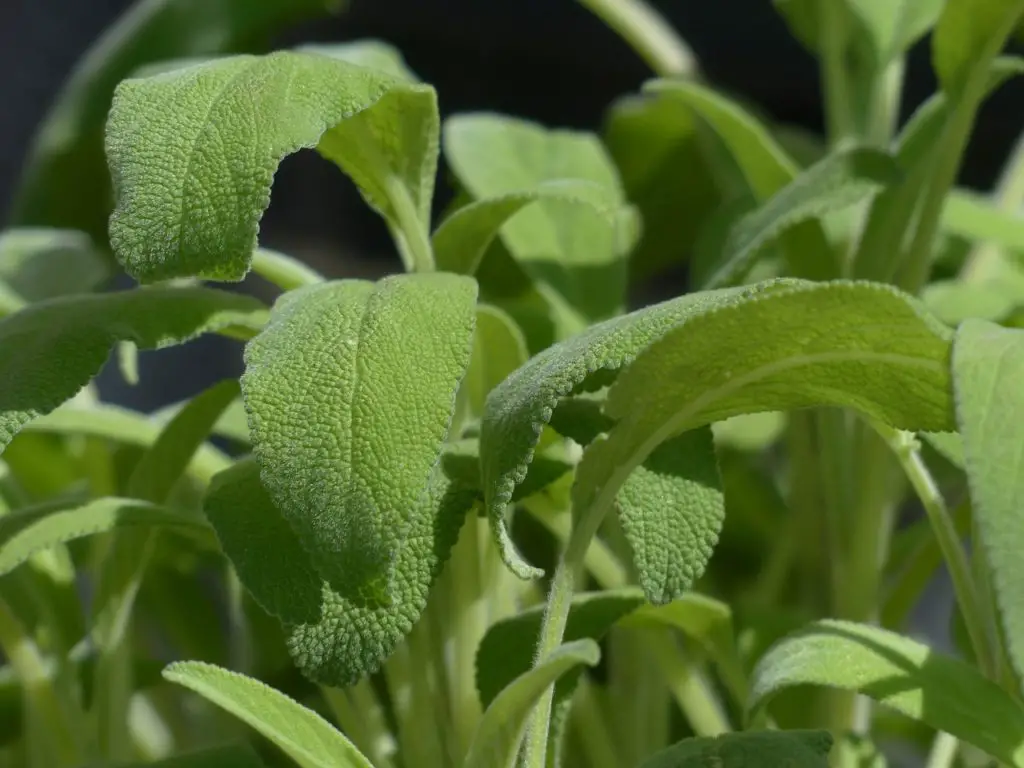Are you looking for a hardy, drought-tolerant plant with a long lifespan? If so, then propagating sage may be the perfect gardening project for you! In this blog post, we will provide a step-by-step guide on how to propagate sage. We will also discuss the best time of year to propagate sage and answer some frequently asked questions about this process.

The Benefits of Propagating Sage
Sage (Salvia spp.) is a perennial herb in the mint family that is known for its aromatic leaves and showy flowers. Sage is a hardy plant that can tolerate a wide range of growing conditions. It is native to the Mediterranean region, but it can be grown in other parts of the world.
Sage is a drought-tolerant plant.
Sage is a drought-tolerant plant that does not require much water to grow. Once established, sage can withstand long periods of drought. This makes it an ideal plant for dry climates or for those who do not want to water their plants frequently.
Sage has a long lifespan.
Sage is a long-lived plant, with some varieties living for over 20 years. This makes it a low-maintenance plant that does not need to be replaced frequently.
The Best Time to Propagate Sage
The best time to propagate sage is in the spring when the weather is warm and there is plenty of rain. Sage can be propagated in the summer, but it is more likely to fail in hot weather. Fall is also a good time to propagate sage, but it is more likely to fail in cold weather.
Summer is the best time to propagate sage.
Summer is the best time to propagate sage if you live in a hot climate. Sage can be propagated in the spring, but it is more likely to fail in hot weather. Fall is also a good time to propagate sage, but it is more likely to fail in cold weather.
Fall is the best time to propagate sage.
Fall is the best time to propagate sage if you live in a cold climate. Sage can be propagated in the spring, but it is more likely to fail in hot weather. Summer is also a good time to propagate sage, but it is more likely to fail in cold weather.

The Steps for Propagating Sage
To propagate sage, you will need to take a cutting from an existing plant. The best time to do this is in late spring or early summer. Look for a healthy stem that is about 6 inches long and has several leaves. Using sharp pruning shears, make a clean cut just below a leaf node.
Prepare the cutting.
Once you have your cutting, remove the lower leaves so that you are left with 2-3 inches of bare stem. Dip the cut end of the stem into rooting hormone powder or gel (this will help encourage root growth). Then, fill a small pot with a well-draining potting mix and insert the stem into the soil, making sure that the leaf nodes are buried. Water well and place the pot in a bright spot out of direct sunlight.
Plant the sage cutting.
After 4-6 weeks, your sage cutting should have rooted and be ready to plant in its permanent location. Choose a spot in your garden that receives full sun and has well-drained soil. Carefully transplant your sage plant and water it deeply. For the first few weeks after planting, water regularly to help your plant establish itself.
Care for the sage plant.
Once your sage plant is established, it is relatively low maintenance. Sage is drought tolerant, so you only need to water it during prolonged periods of dry weather (once per week should suffice). You can fertilize your sage plant once per year in early spring using a balanced fertilizer such as 10-10-10. Sage is also susceptible to powdery mildew, so be sure to space your plants adequately to promote good air circulation.
FAQs About Propagating Sage
It takes about two to three weeks for the sage to root. The best way to care for sage during this time is to keep the cutting moist and in a warm, sunny location.
What is the best way to care for sage?
Once your sage plant has rooted, you can transplant it into a pot or garden bed. Water regularly and fertilize monthly with a balanced fertilizer. Sage prefers full sun but can tolerate some shade.
What are the benefits of propagating sage?
There are many benefits of propagating sage, including that it is a hardy plant that is drought-tolerant and has a long lifespan.

Conclusion
If you’re looking for a hardy, drought-tolerant plant with a long lifespan, look no further than sage. This versatile herb can be used in cooking, as a decoration, or even for its medicinal properties. And the best part is that it’s easy to propagate!
The best time to propagate sage is in the spring or summer. However, fall is also a good time to propagate sage if you live in an area with mild winters. To propagate sage, simply obtain a cutting from an existing plant and follow the steps below:
1. Prepare the cutting by removing any leaves from the bottom half of the stem.
2. Dip the cut end of the stem in rooting hormone powder.
3. Plant the cutting in well-draining soil and water thoroughly.
4. Place the potted plant in a sunny location and keep the soil moist until roots have formed (this can take several weeks).
5. Once roots have formed, you can transplant your sage plant to its permanent location outdoors or keep it indoors as a houseplant.
So what are you waiting for? Get started propagating your own sage plants today!

